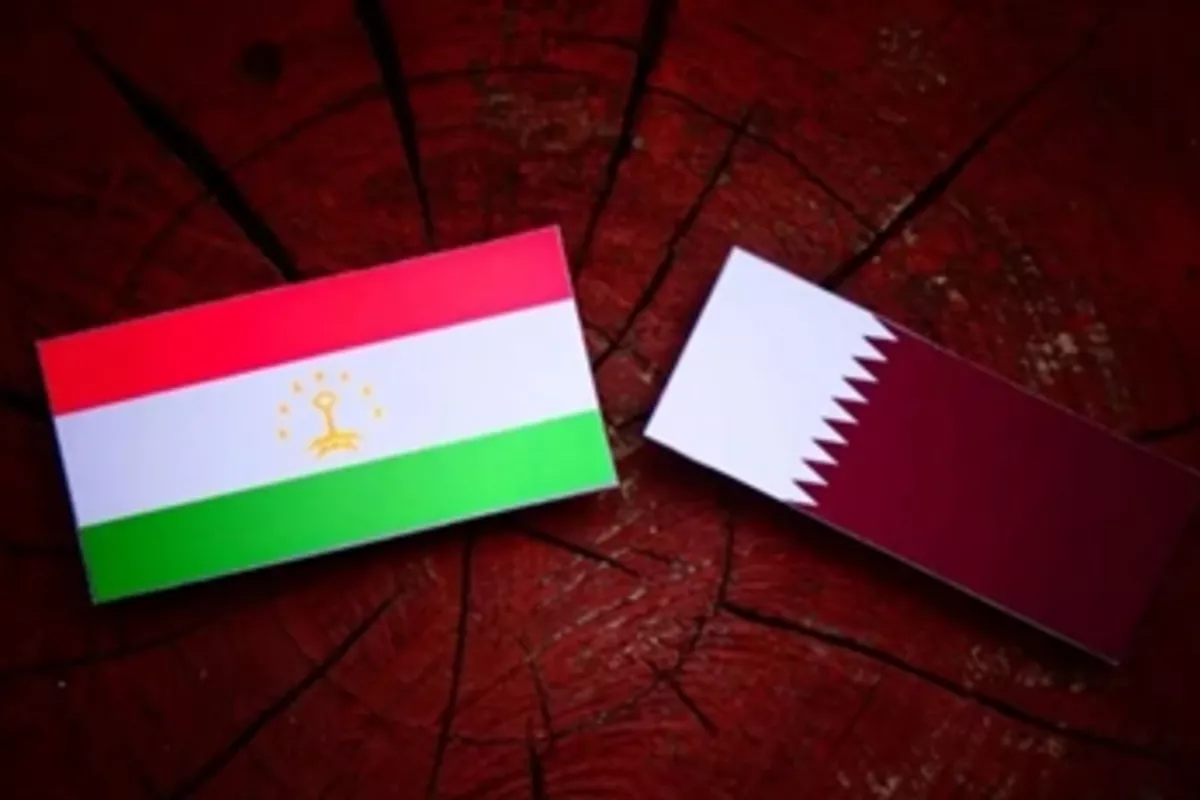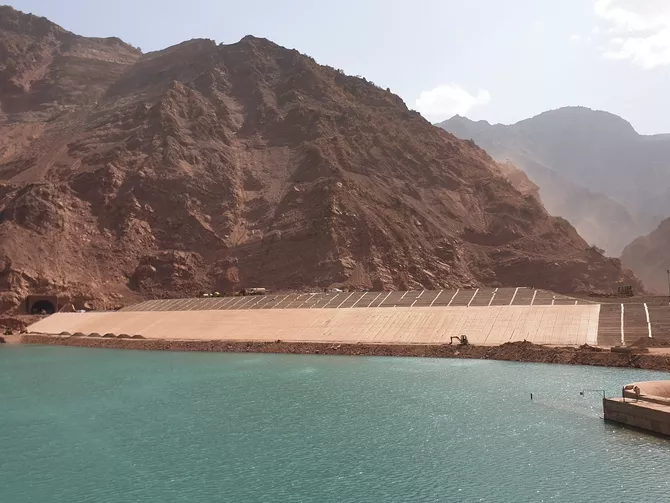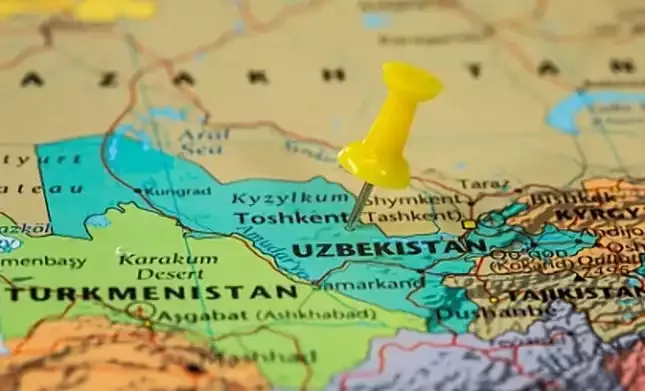
On August 23, an important agreement was signed in Dushanbe between Tajikistan’s Ministry of Finance and the Qatar Development Fund. Doha will provide Dushanbe with a concessional loan of $50 million to finance the construction of the Rogun Hydropower Plant (HPP) - the country’s largest energy project, long described as the “heart” of Tajikistan’s energy strategy. For Tajikistan, this agreement represents more than another financing deal: it reflects the country’s gradual transformation into a platform where the interests of leading regional and global players intersect.
The signing of this document is the logical outcome of years of negotiations. Back in early 2024, during President Emomali Rahmon’s state visit to Qatar, one of the central topics of discussion was the search for ways to deepen bilateral trade and economic cooperation. At that time, Dushanbe invited Qatari investors to actively participate in the development of Tajikistan’s priority economic sectors. Later that year, Rahmon visited Doha again, where he proposed establishing a Joint Economic and Investment Fund to finance the country’s key projects - from energy and agriculture to mining and mineral processing. Against this background, the latest loan for Rogun appears not as an isolated agreement but as part of a long-term strategy aimed at building a strong Tajik-Qatari economic partnership that extends beyond energy into broader development areas.

The construction of the Rogun Hydropower Plant, located only 110 kilometers from Dushanbe, is regarded in Tajikistan as a strategic project of national significance. This plant, designed to be the largest in Central Asia, is expected to secure the country’s electricity supply and turn Tajikistan into a notable player in the regional energy market. According to the project, the Rogun dam will reach a record 335 meters, making it the tallest in the world. Six turbines are planned for installation, with a combined capacity to generate over 7 billion kWh of electricity annually. Work on the first two units is already underway with the help of international grants, and the launch of the third turbine is scheduled for 2026. For Dushanbe, Rogun is not only an energy project, but also a symbol of national independence, reduced reliance on imports, and a key step toward developing export potential.
Qatar’s financial support is only one element of the broader mosaic of international involvement in Rogun. In recent years, Tajikistan has succeeded in attracting substantial funds for the project’s completion. The World Bank approved a grant of $650 million; the Asian Infrastructure Investment Bank (AIIB) is preparing a $500 million loan; the Islamic Development Bank provided $150 million; and the Saudi Fund for Development extended $100 million. An additional $100 million came from the OPEC Fund for International Development, the Kuwait Fund for Arab Economic Development, the Abu Dhabi Fund for Development, and Italy’s Deposits and Loans Fund. In total, according to President Rahmon, around $4 billion was allocated to Rogun from 2008 to 2024, out of the $6.4 billion required for full completion. Alongside the dam and hydropower facilities, associated infrastructure projects are also being financed, including the construction of a 920-meter bridge over the future reservoir and a new highway linking Rogun, Obigarm, and Nurobod, which will enhance regional connectivity.
The significance of Rogun extends far beyond Tajikistan’s borders. In July 2025, the government approved a 20-year electricity supply agreement with Uzbekistan, with the option for extension. Similar talks are underway with Kazakhstan, which is expected to import electricity via Uzbekistan’s 500 kV grid. Even today, Tajik electricity is being exported to Afghanistan, Kyrgyzstan, and Uzbekistan. In 2024, export volumes reached 2.7 billion kWh, generating tens of millions of dollars in revenue. Rogun is therefore steadily transforming into a regional energy hub, while Dushanbe is emerging as a key supplier in the market for “clean” electricity in Central Asia.
Yet the energy dimension is only part of the story. Rogun has also become the focal point of a broader geopolitical nexus. Russia, long Tajikistan’s main strategic partner, is closely monitoring the project, since its implementation inevitably reshapes the regional balance of power. Moscow remains interested in maintaining energy interdependence among Central Asian states, but it also recognizes that Rogun strengthens Dushanbe’s autonomy and enhances its regional leverage. China, supporting the project through AIIB, views it as part of its wider Belt and Road strategy. For Beijing, developing Tajikistan’s hydropower potential is not only a way to expand its economic presence in the country but also to reinforce energy security in neighboring markets that are critical transit corridors for Chinese trade and infrastructure routes.

Another important factor is water. Rogun is being built on the Vakhsh River, which feeds into the Amu Darya basin. For downstream countries, particularly Uzbekistan and Turkmenistan, water distribution is of existential importance. In the past, this issue caused friction between Dushanbe and Tashkent. Today, however, the dynamic has shifted: Uzbekistan now views Rogun not as a threat but as an opportunity for long-term cooperation in electricity supply.
International organizations, including the World Bank, emphasize that the commissioning of Rogun will bring significant benefits not only to Tajikistan but to the entire region. The plant will contribute to reducing carbon emissions, strengthen Central Asia’s energy systems, and become a crucial tool in tackling climate change. In this context, Qatar’s investment is highly symbolic: Doha demonstrates its readiness to support Tajikistan’s strategic initiatives, while Dushanbe gains a valuable opportunity to accelerate its goals of energy security and economic transformation.
Thus, the Rogun Hydropower Plant is becoming not only a symbol of Tajikistan’s independence but also a platform for forging new international partnerships. Around this project, a new architecture of regional cooperation is gradually emerging - one in which the interests of the East and the West, the Arab world, Russia, and China intersect in a single energy hub. For Tajikistan, this is a chance to step out of the shadow of larger powers and present itself as a state capable of meeting its own needs while offering its neighbors a strategic resource of the 21st century: clean and accessible energy.
Share on social media